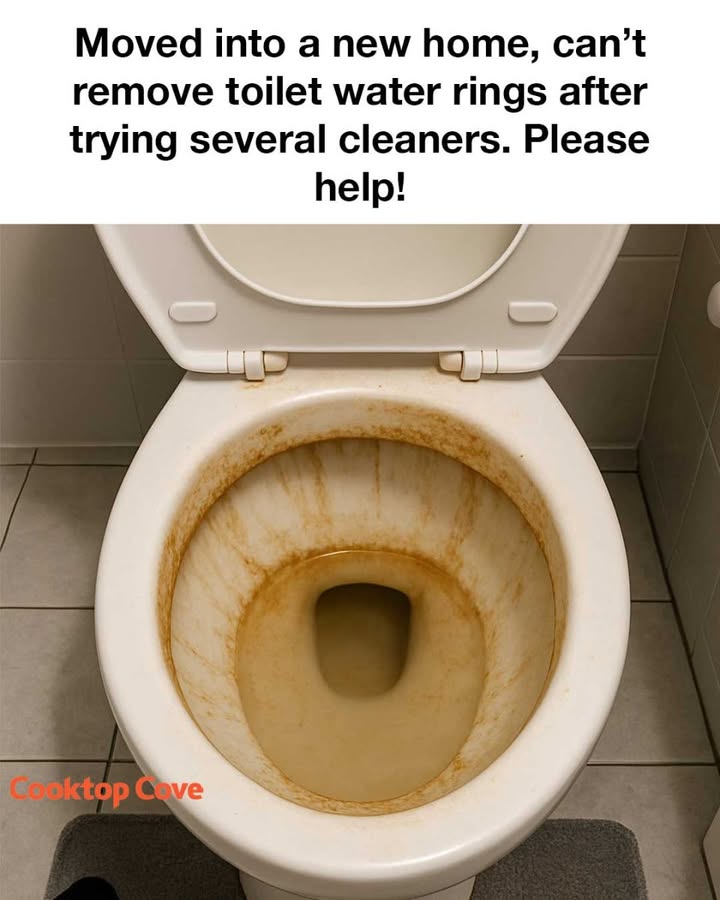
Need some assistance here
2. The Limitations of Common Cleaners
Many commercial toilet cleaners are designed to tackle general grime and bacteria but may fall short when it comes to removing mineral deposits. These cleaners often contain bleach or other disinfectants that can kill bacteria but do not effectively dissolve the calcium and magnesium deposits that form the ring.
Furthermore, some cleaners may not be safe for all toilet surfaces, potentially causing damage or discoloration if used improperly. It’s important to read labels carefully and understand the limitations of each product before use. In many cases, a combination of cleaning methods may be necessary to achieve the best results.
3. The Power of Vinegar and Baking Soda
Vinegar and baking soda are a powerful duo when it comes to cleaning and can be particularly effective against toilet water rings. Vinegar is acidic, which helps dissolve mineral deposits, while baking soda acts as a gentle abrasive that can scrub away stains.
To use this method, pour about 1 cup of vinegar into the toilet bowl and let it sit for a few minutes. Then, add 1 cup of baking soda and another 1-2 cups of vinegar. Allow the mixture to fizz and sit for about 10-15 minutes. Scrub the toilet bowl with a brush, focusing on the ring, and then flush to rinse away the residue.
4. Exploring the Magic of Pumice Stones
Pumice stones are a natural and effective tool for removing tough stains and mineral deposits from toilet bowls. They are abrasive enough to scrub away the ring without scratching the porcelain surface.
To use a pumice stone, first wet it to prevent scratching. Gently rub the stone against the stained area, applying light pressure. The pumice will gradually wear away the mineral deposits, leaving your toilet bowl clean and smooth. Be sure to rinse the area thoroughly after use to remove any pumice residue.